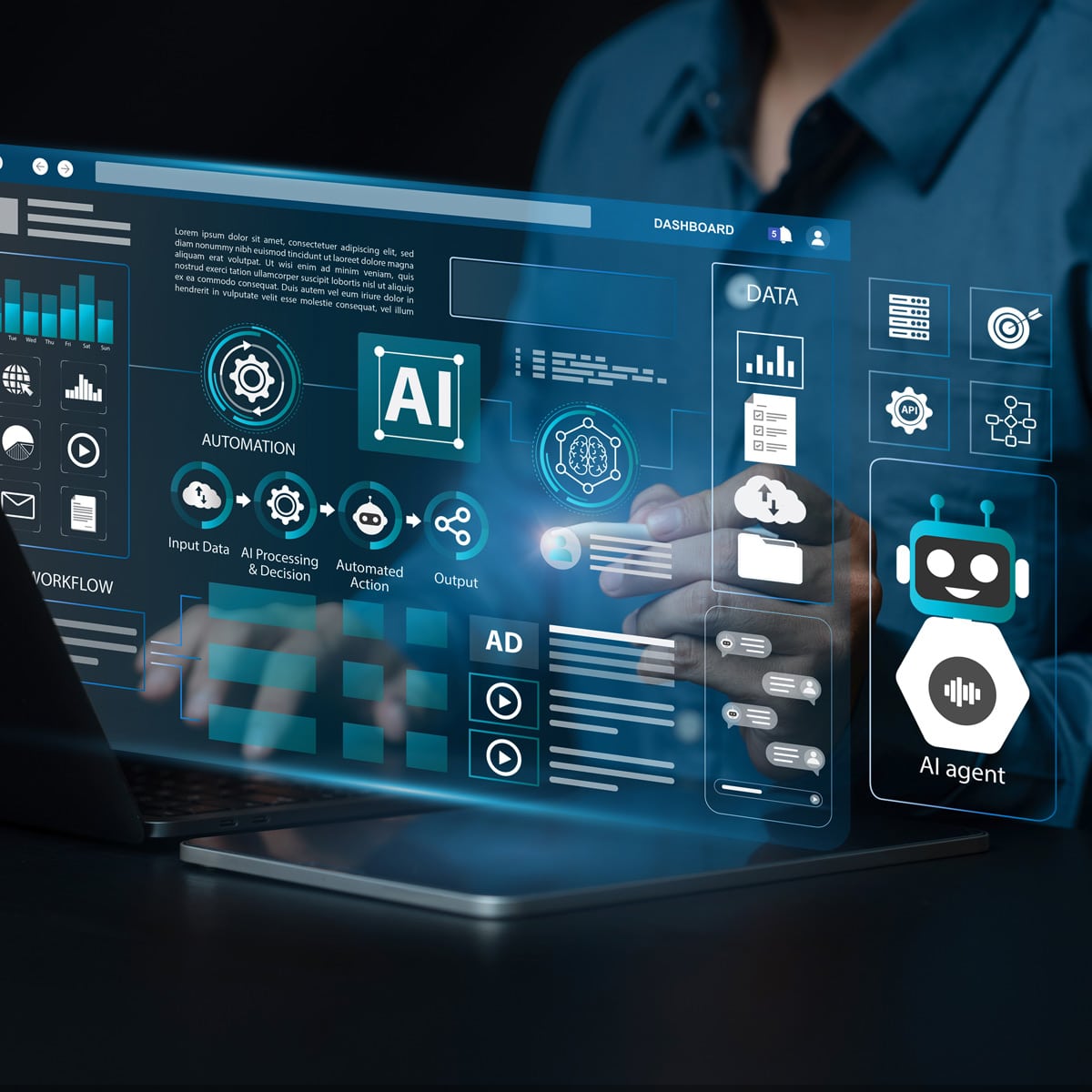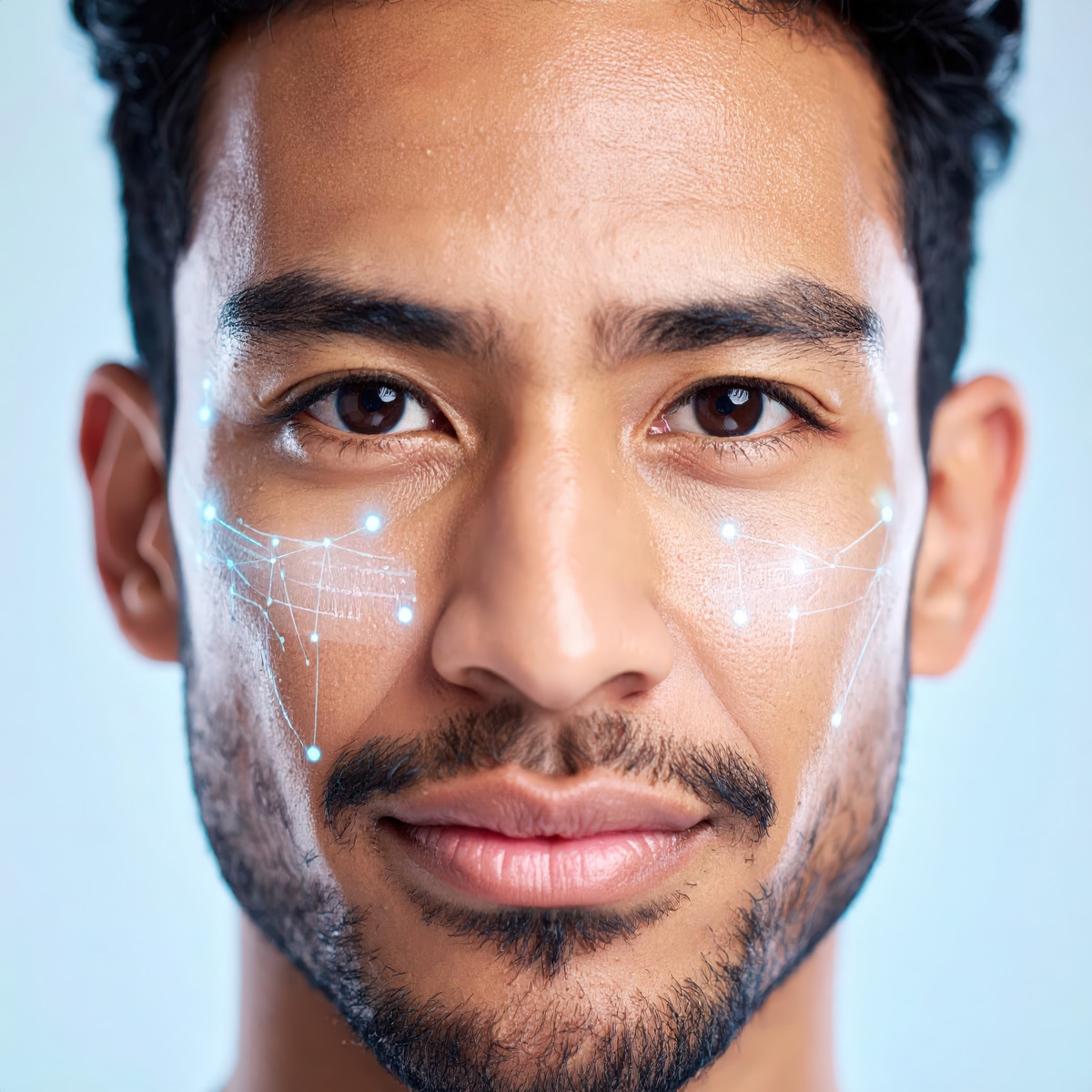Author: Dr. Mohamed Lazzouni
Agentic AI, the next generation of artificial intelligence that can act autonomously on our behalf, is no longer science fiction. These intelligent agents can already perform tasks like booking travel, managing schedules, or making purchases with minimal human input. Soon, they’ll handle more complex decisions, like processing insurance claims, hiring gig workers, and even executing financial trades.
But as AI gains the power to act for us, a new question looms large for businesses: how do we know an agent is acting with true user consent?
That’s where biometric identity becomes essential.
The Age of Digital Delegation
Agentic AI is already reshaping how industries operate, shifting from human assistance to autonomous action.
- Financial services and fintech: Automating transactions, detecting fraud, and dynamically managing portfolios.
- Healthcare: Powering virtual assistants that support patient care, schedule appointments, and manage data securely.
- Hospitality and travel: Enabling AI-driven booking, concierge, and personalization services that anticipate customer needs.
- Gig economy: Optimizing job matching, scheduling, and even pay negotiation through intelligent automation.
Across all sectors, one challenge unites them: when a digital agent acts, how do we verify who it represents — and whether it has permission to act?
The Challenge of Trust
As AI agents operate autonomously, verifying their authority and consent is essential. Traditional security models are no longer sufficient, and biometric identity can fill the gap.
Relying on passwords, PINs, or even device tokens isn’t enough when autonomous systems operate around the clock. These credentials can be stolen, shared, or spoofed. And with the rise of deepfakes and synthetic identities, the risk is growing.
Biometrics solve this by tying every agent’s authority to a verified, living human being.
“Know Your Agent” (KYA): The Next Evolution of Trust
We already know how Know Your Customer (KYC) transformed the financial industry by linking accounts to real human identities. The next phase will be Know Your Agent (KYA) — ensuring every AI system acting on a user’s behalf is tied to that verified human through biometric authentication. This ensures every action is authorized and trustworthy.
Imagine a travel-booking agent that automatically upgrades flights, or a fintech bot that rebalances a portfolio. Before those actions are executed, biometric verification, like a quick face or voice check, confirms the user’s consent.
This biometric “trust anchor” keeps AI aligned with its human, preventing unauthorized actions or account takeovers.
In regulated sectors like finance and healthcare, it’s easy to see how KYA could become a compliance requirement, much like KYC or HIPAA verification today.
How Biometric Identity Strengthens Agentic AI
Biometrics are redefining trust in the age of agentic AI — providing the critical link between automation and verified human authority. Across industries, the benefits are both practical and profound.
Financial Services & Fintech: As AI automates payments, transfers, and portfolio adjustments, biometric-backed KYA (Know Your Agent) ensures every transaction is tied to a verified individual — preventing fraud, account takeover, and insider manipulation.
Healthcare: Virtual agents supporting patient care and data management must confirm they’re operating under a real clinician’s or patient’s consent. Biometric verification enables secure, privacy-preserving access that protects both providers and patients.
Hospitality & Travel: Picture an AI concierge rebooking a missed flight or upgrading a room automatically. Biometric “sign-off” ensures those actions reflect genuine user intent — not a compromised system acting on its own.
Gig Economy: From matching drivers to riders to adjusting pay rates, AI agents are becoming central to workforce coordination. Biometrics confirm worker identities and prevent impersonation, promoting fairness, safety, and trust in every interaction.
Together, these examples show how biometrics keep the human, and human accountability, at the center of agentic AI innovation.
Designing Trust: Best Practices for Businesses
To build trust into agentic systems from the start, organizations can follow a few guiding principles:
- Anchor Agents to Real Humans. Every AI should carry a verifiable “digital passport” tied to the biometric identity of its human owner.
- Enable Continuous Authentication. Periodically re-verify user consent through biometric “heartbeat” checks, especially for high-risk actions.
- Layer Security Defenses. Combine biometric identity with cryptographic tokens, device intelligence, and behavioral analytics.
- Make Transparency a Feature. Show users when and how their AI agents act, with biometric checkpoints for sensitive operations.
- Plan for Token Exchange Standards. As agents transact across organizations, token-based trust systems (like OAuth2 or OpenID Connect) will enable secure interoperability.
Avoiding Common Pitfalls
As organizations rush to implement agentic systems, several missteps could undermine trust:
- Over-reliance on static credentials: Passwords and device tokens are not enough.
- User friction: Biometric flows must be designed for ease, ideally with passive liveness detection that authenticates seamlessly in the background.
- Privacy gaps: Improper biometric data handling erodes user confidence. Privacy-preserving architectures and encryption are critical.
- One-time verification: Identity checks shouldn’t stop at setup. Ongoing biometric verification ensures continued consent and accountability.
The Path Forward: From KYC to KYA
The convergence of agentic AI and biometrics will redefine how digital trust is established, verified, and maintained. Just as KYC reshaped financial compliance, KYA will become a new standard for AI governance — anchoring every autonomous action to a verified, consenting human.
For industries handling sensitive transactions or personal data, this isn’t just a security upgrade, it’s a strategic advantage. Businesses that integrate biometric-backed trust frameworks early will build stronger consumer confidence, meet future compliance standards faster, and operate safely in a world where AI moves faster than humans can react.
Because at the end of the day, even in an automated future, trust must start — and stay — with the human.



